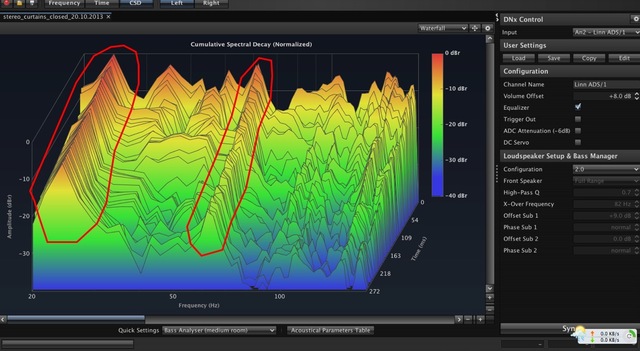Audiophile bill
New member
- Joined
- Jul 3, 2015
- Messages
- 144
For those of you with anxiety of the additional DA conversion with digital sources, this can be circumvented by undertaking the correction in the digital domain in jriver or using other convolver software *prior* to the first (and only) D to A conversion. This is obviously not possible with analogue sources.
My personal experience has taught me that both are the optimal solution with room treatment first.
I am waiting for the first viable dsd based room correction software algorithm as I prefer the dsd sound and my Lampi prefers it too
My personal experience has taught me that both are the optimal solution with room treatment first.
I am waiting for the first viable dsd based room correction software algorithm as I prefer the dsd sound and my Lampi prefers it too




